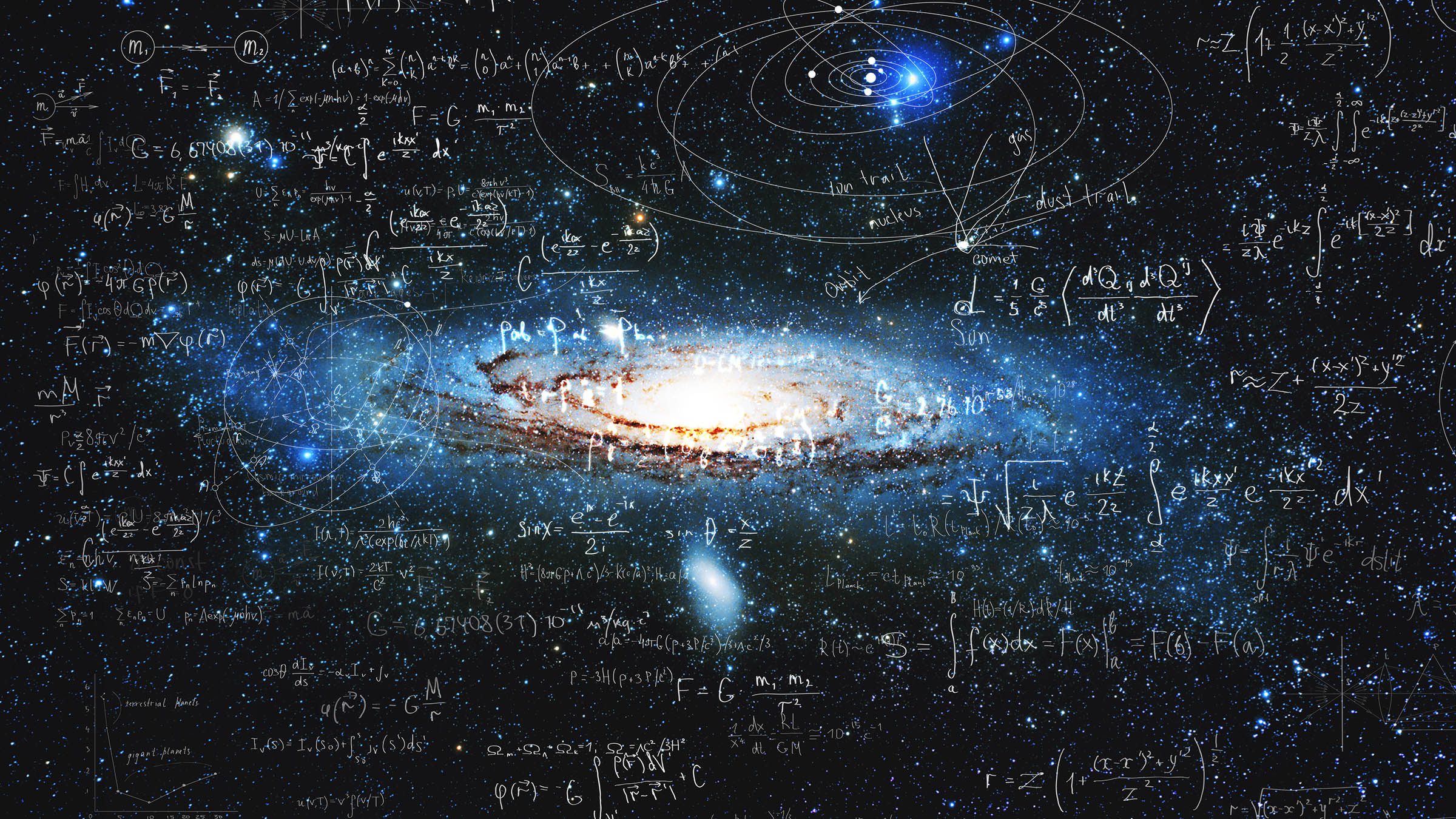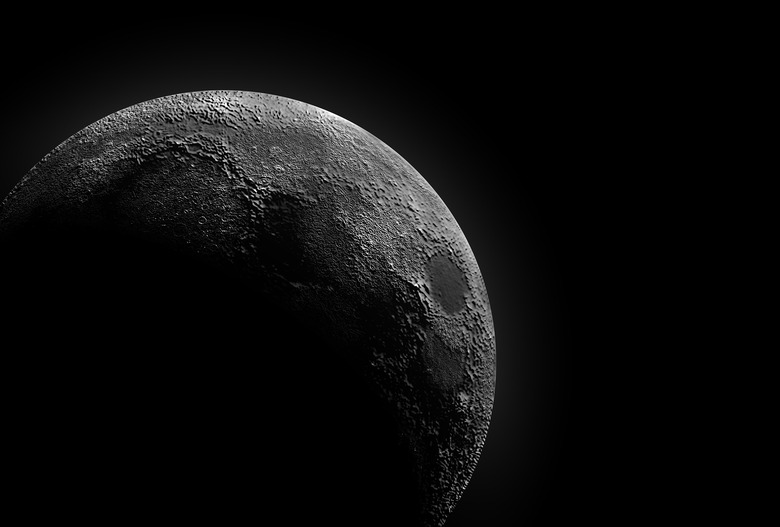Astronomers Want To Study The 'Dark Ages' Of The Universe From The Moon
NASA and the U.S. Department of Energy are teaming up to create a unique lunar telescope that will search for what astronomers call the "Dark Age Signal," a radio signal believed to have existed in the universe's dark age, a time before stars and galaxies existed.
The lunar telescope will launch in a few years and will be positioned on the "dark side of the Moon." This part of the Moon is so named because it always appears shrouded in darkness. Of course, it isn't dark all the time. But, because the Moon and Earth are tidally locked, it's part of the Moon that we never see because it's always facing away from us, earning it its unique name.
By placing a telescope on the far side of the Moon, astronomers hope to avoid the interference and radiation that many other telescopes here on Earth have to contend with. The lunar telescope, known as the Lunar Surface Electromagnetics Experiment-Night (LuSEE-Night), needs to avoid that interference because it will be searching for ancient radio signals from long ago.

The goal, as I noted above, is for the lunar telescope to be able to detect radio waves from the Dark Ages of the universe. This "Dark Ages Signal" could help us uncover details about some of the universe's biggest mysteries, starting with the nature of dark energy and even how the universe formed itself.
James Webb has already given us images of galaxies from the early universe, galaxies that astronomers didn't know could even exist. By looking beyond that and studying the web of radio waves that still exist from those earliest times in the universe. But putting a lunar telescope on the far side of the Moon isn't as simple as dropping it on the surface and putting it to work.
While the far side of the Moon offers a safe harbor from interference and radio waves, it also never faces the Earth, making it difficult to pick up signals and communicate back to Earth. The lack of any real atmosphere on the Moon also means that the surface is a complete vacuum, making it hard to remove heat. Any lunar telescope placed there would burn up quickly without proper heat management.
To help build the LuSEE-Night, NASA and the DOE have turned to Brookhaven Labs. This institute has become known for creating world-leading scientific instrumentation under strict design requirements. NASA and the DOE are comfortable that Brookhaven can deliver a working lunar telescope to survive such a hostile environment.
